As summer fades and the days grow shorter, you might be considering tattoo removal to start fresh.
However, navigating the aftercare of your tattoo removal treatment can be tricky, especially when it comes to sun exposure. Understanding the relationship between sunlight and your skin’s healing process is crucial for achieving the best results.
Sun exposure can significantly impact the effectiveness of your tattoo removal, leading to complications like pigment changes or even scarring. It’s essential to know the risks involved and how to protect your skin during this sensitive time.
In this article, we’ll explore the cons of sun exposure after summer tattoo removal treatments, helping you make informed decisions for your skin’s health and appearance.
Sun Exposure and Its Effects on Skin
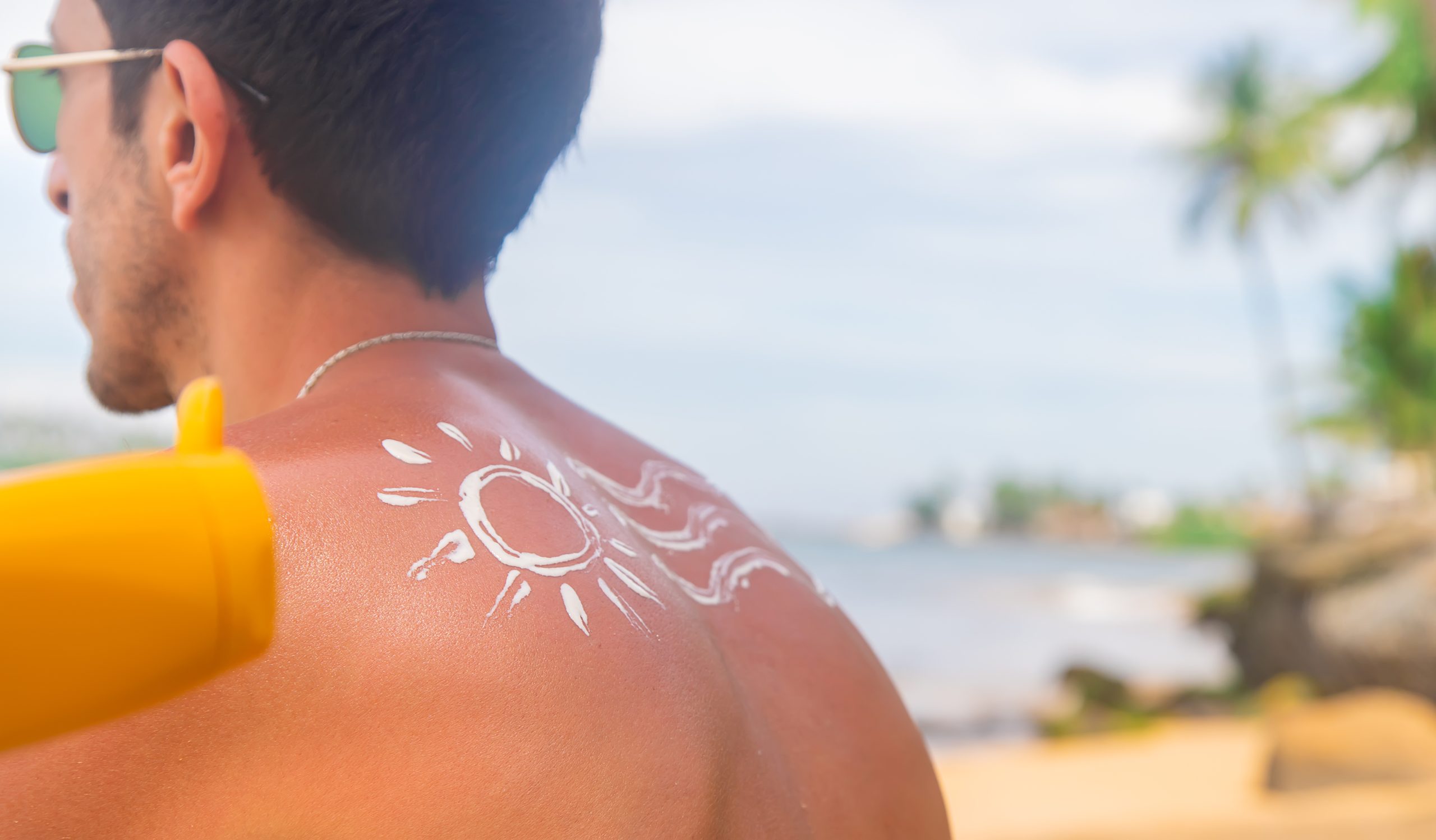
Sun exposure significantly influences the outcome of laser tattoo removal treatments. Understanding how UV radiation interacts with your skin is essential to ensure effective results.
Understanding Melanin and Skin Types
Melanin production increases with sun exposure, resulting in tanning or burning.
Darker skin types produce more melanin, making effective tattoo removal challenging. If your skin has excess melanin, lasers may struggle to differentiate between the tattoo ink and your skin tone, reducing treatment efficacy.
Multiple sessions may be necessary to achieve desired results. For best outcomes, consider scheduling tattoo removal treatments during cooler months when sun exposure is limited.
Risks of Sun Exposure Post Treatment
Sun exposure after laser tattoo removal poses several complications, including:
- Hyperpigmentation:
Increased pigment development can occur, resulting in darkened areas on the treated skin. - Hypopigmentation:
Conversely, some may experience lighter patches, leading to uneven skin tone. - Increased Sensitivity:
Skin may become more sensitive post-treatment, heightening the risk of sunburn. - Scarring:
Excessive sun exposure can result in post-inflammatory hyperpigmentation or scarring at the treatment site.
Protect your skin by applying broad-spectrum sunscreen with at least SPF 30 diligently after treatments. Avoiding direct sun exposure is crucial for optimal recovery and results.
Tattoo Removal Process Overview
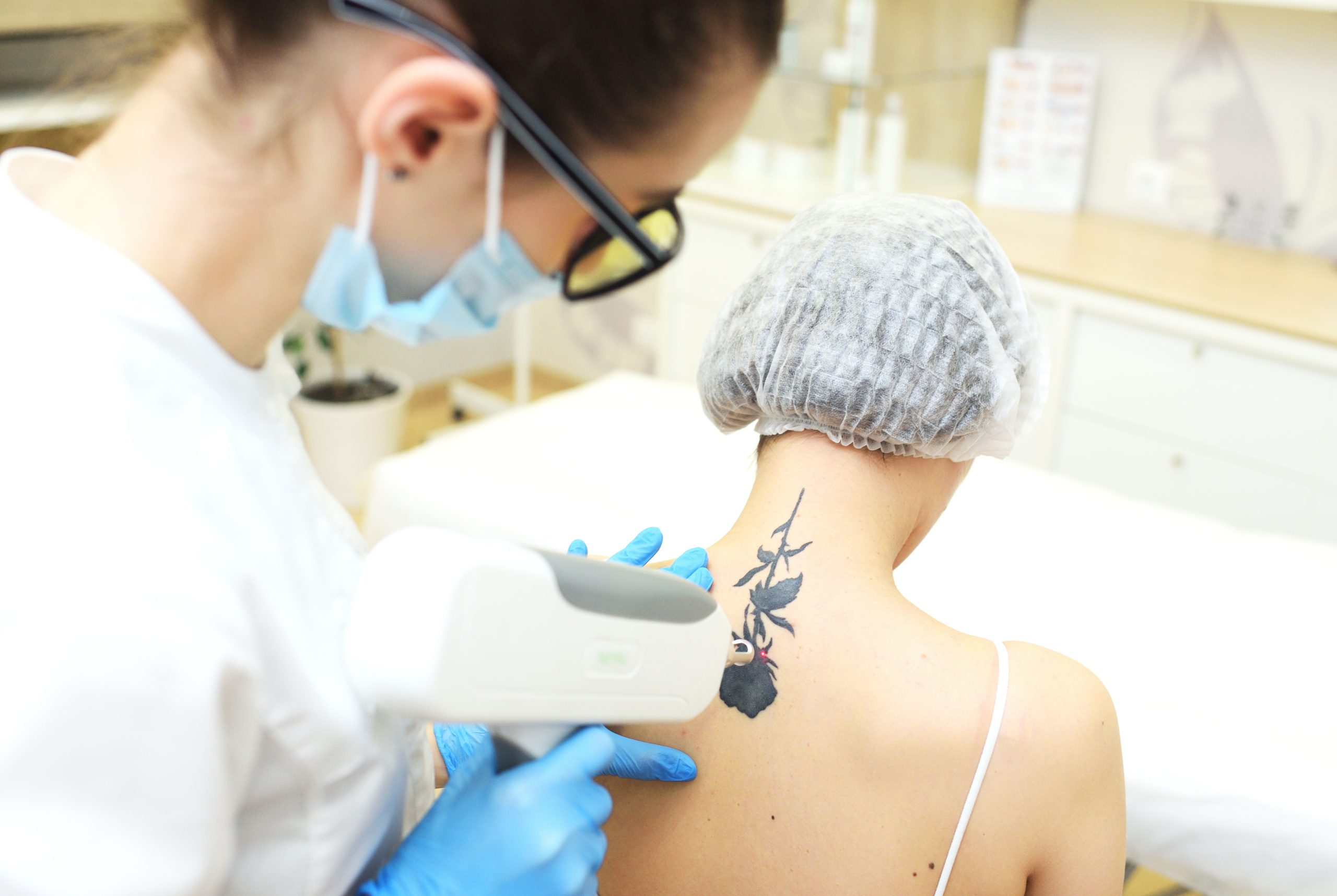
Laser tattoo removal is a multi-step procedure. Understanding each phase could enhance the overall effectiveness and safety of your treatment.
How Laser Tattoo Removal Works
Lasers target and break down tattoo ink into smaller particles. These particles are then eliminated by the body’s immune system. The procedure varies in effectiveness based on skin type.
Lighter skin tones respond better, as the contrast allows for improved targeting of ink without affecting surrounding tissue.
You might notice reactions such as swelling, blistering, and temporary skin discoloration after treatment. It’s essential to follow pre- and post-treatment guidelines to minimize these effects.
Factors that Affect Tattoo Removal
- Ink Color:
Certain ink colors, like black or dark blue, respond better to laser treatment compared to lighter colors, which may require more sessions. - Tattoo Age:
Older tattoos may fade more easily, as the ink particles degrade over time. - Health Status:
Your overall health and immune system function play significant roles in how quickly your body breaks down ink particles. - Post-Treatment Care:
Following recommended post-treatment protocols, including avoiding sun exposure and applying sunscreen, directly impacts healing and long-term results.
Considerations for Sun Exposure Before and After Tattoo Removal
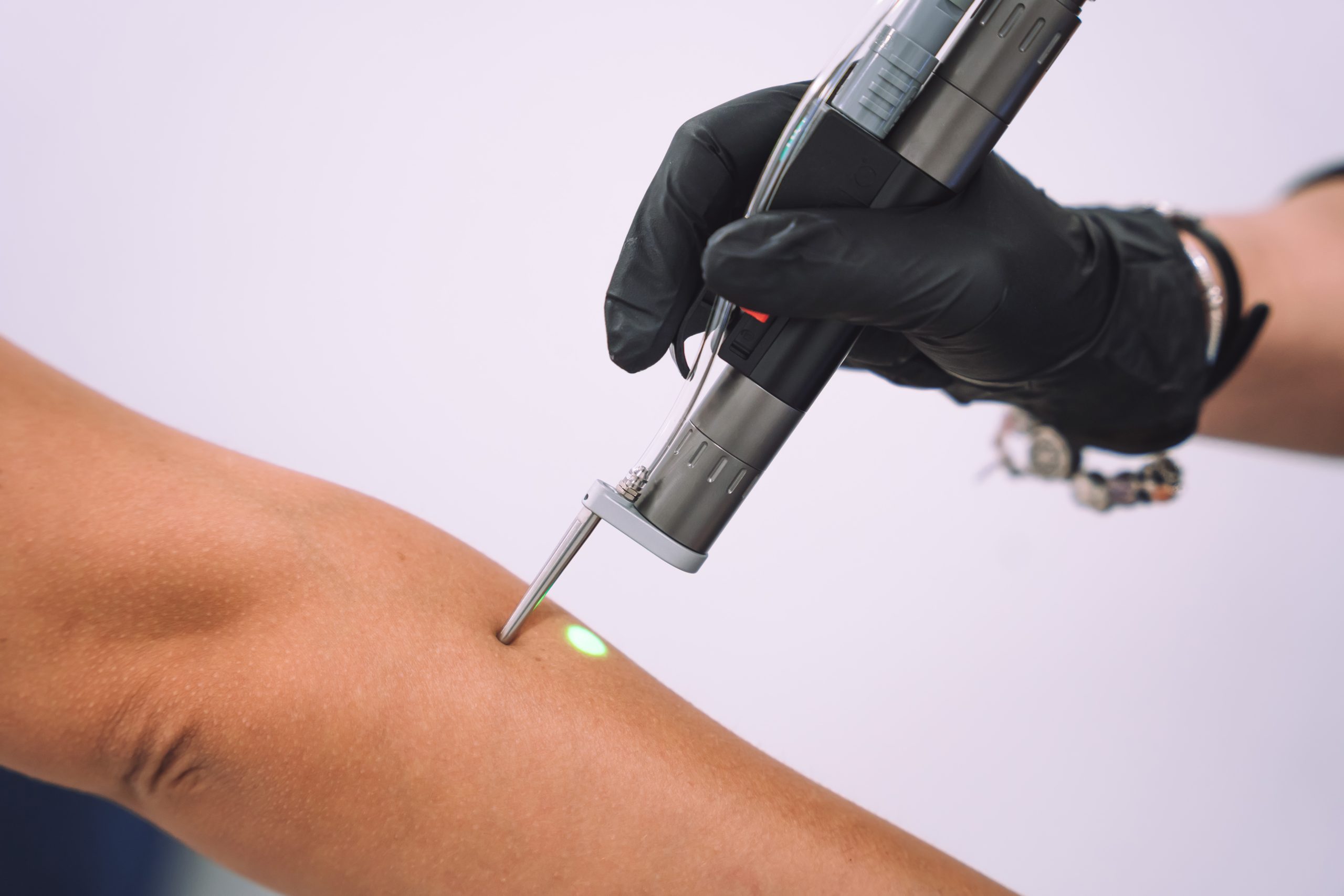
Sun exposure significantly affects the safety and effectiveness of laser tattoo removal treatments. Understanding the timing and precautions related to sun exposure helps ensure optimal healing and results.
Importance of Reducing Sun Exposure
Reducing sun exposure before and after tattoo removal treatments is vital for the skin’s health.
Exposure to sunlight increases melanin production, which can hinder laser effectiveness and lead to complications such as hyperpigmentation and infections. It’s crucial to avoid sun exposure for at least six weeks before treatment.
After each session, avoid direct sun exposure for a minimum of four weeks to facilitate proper skin healing and to mitigate pigmentation marks.
Ideal Seasons for Tattoo Removal Treatments
Choosing the right season for tattoo removal treatments supports effective healing.
Fall and winter present ideal conditions, as sun exposure tends to decrease during these months. Opting for treatments in cooler months allows you to manage sun exposure more easily, ensuring the best possible outcomes.
In summer, UV radiation levels are higher, increasing the risk of complications. Plan accordingly to maintain your skin’s health during the tattoo removal process.
Managing Tan and Skin Color During Tattoo Removal
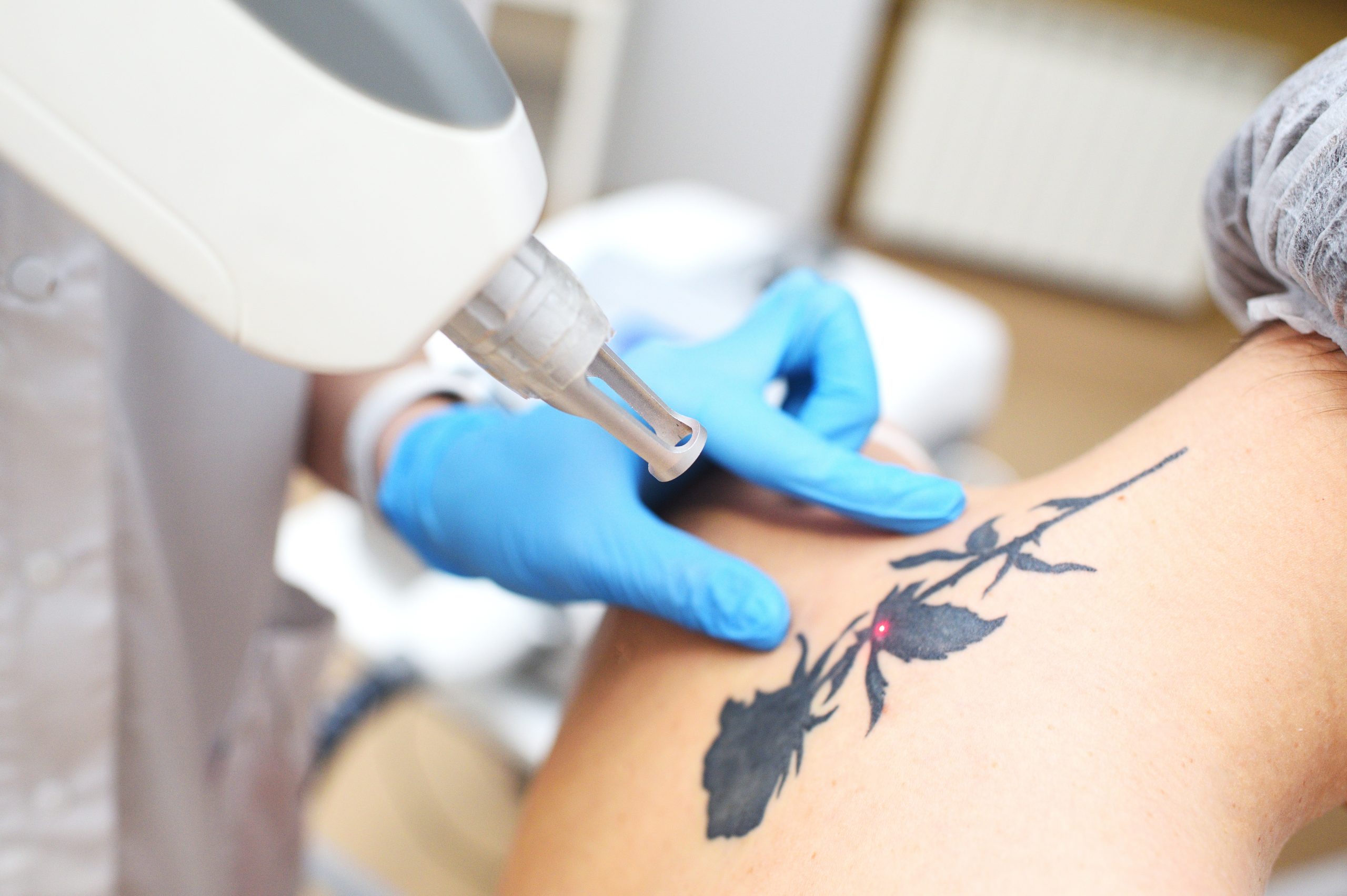
Managing skin color and tan is essential for effective laser tattoo removal. Factors such as sun exposure and fake tanning products can significantly affect treatment results.
Impact of Tanned Skin on Treatment Efficacy
Tanned skin reduces the effectiveness of laser tattoo removal. Melanin production increases with sun exposure, making it harder for the laser to break up tattoo ink.
It’s crucial to wait at least six weeks after tanning or sun exposure before your treatment. This waiting period allows your skin to return to its natural tone, which enhances the laser’s ability to target ink while minimizing the risk of skin damage.
Effects of Fake Tans on Laser Removal
Fake tans can also impede laser tattoo removal effectiveness. Products such as self-tanning creams and spray tans create a layer of pigmentation that may interfere with the laser’s precision.
Avoid using these products for at least two weeks before and after your treatment. This precaution prevents complications related to skin pigmentation and optimizes the overall results of the removal process.
Safety Precautions for Tattoo Removal
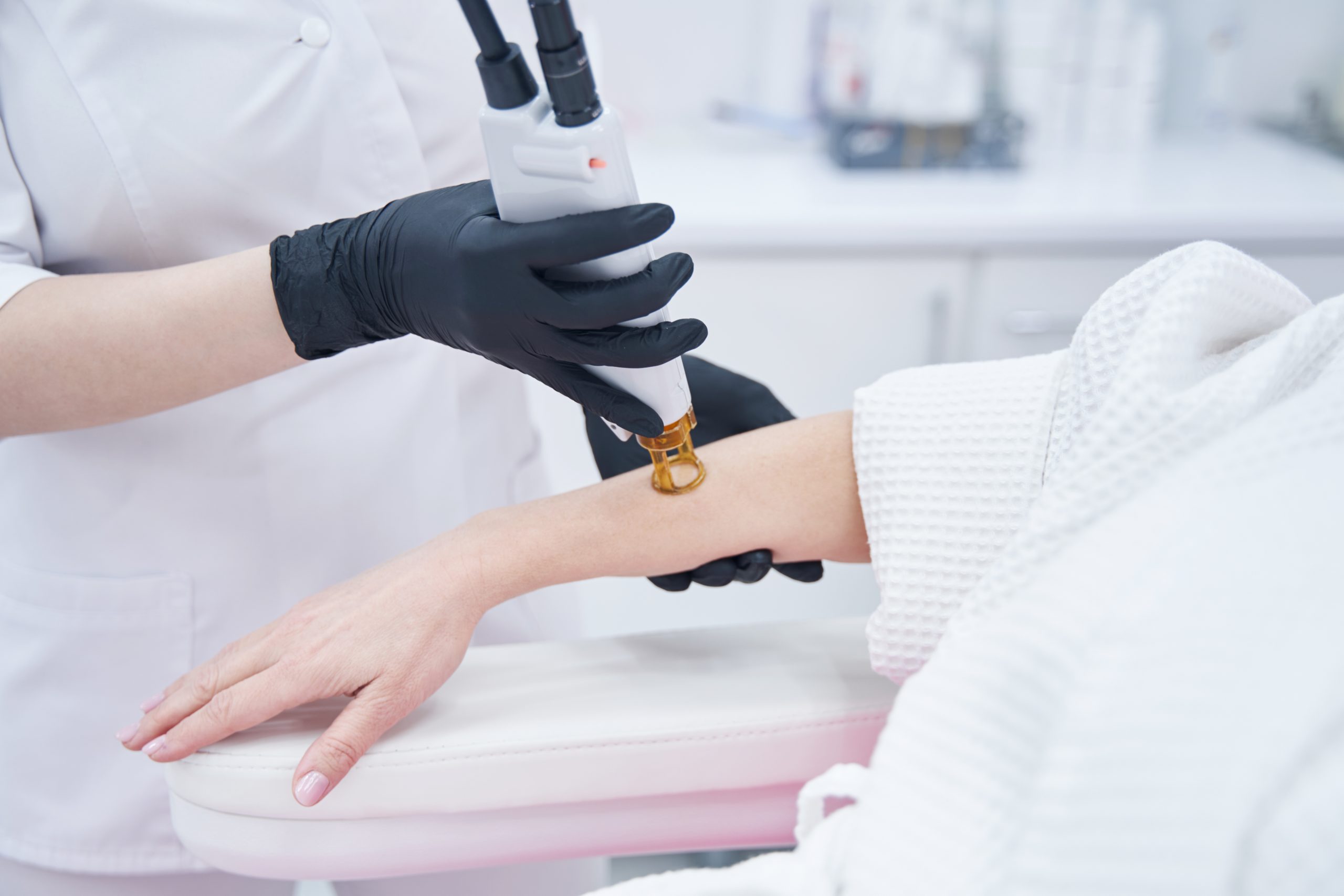
Effective tattoo removal involves critical safety precautions, especially concerning sun exposure. Proper care before and after the treatment enhances results and minimizes risks.
Post-Treatment Care to Avoid Complications
Follow specific aftercare instructions provided by your laser technician. Effective aftercare ensures the success of the tattoo removal process.
Hydrate adequately, maintain a nutritious diet, and prioritize restful sleep to support your immune system in removing the tattoo ink efficiently.
Signs of Infection and When to Seek Help
Recognize symptoms of infection immediately. Common signs include redness, swelling, pain, or discharge from the tattoo site.
If you experience any of these symptoms, contact your healthcare provider without delay to address potential complications.
Conclusion
Understanding the relationship between sun exposure and tattoo removal is crucial for achieving the best results. By prioritizing skin care and adhering to recommended timelines, you can enhance the effectiveness of your treatments.
Remember to protect your skin from UV rays and avoid tanning products to ensure the laser can work effectively. Taking these precautions not only aids in the removal process but also helps maintain your skin’s health.
Stay informed and proactive in your approach, and you’ll set yourself up for a successful tattoo removal journey.
Frequently Asked Questions
Why is sun exposure a concern for laser tattoo removal?
Sun exposure can increase melanin production in the skin, especially in individuals with darker skin tones. This can reduce the effectiveness of laser tattoo removal and elevate the risk of hyperpigmentation or scarring. Proper skin care pre- and post-treatment is essential to mitigate these risks.
How long should I avoid sun exposure before laser tattoo removal?
It is recommended to avoid sun exposure for at least six weeks before your laser tattoo removal treatment. This waiting period helps to ensure your skin is in an optimal condition, reducing the likelihood of complications and improving treatment outcomes.
Can I use fake tanning products before tattoo removal?
Avoid using fake tanning products for at least two weeks before your laser tattoo removal session. Fake tans can interfere with the laser’s ability to effectively target the tattoo ink by increasing pigment in the skin, making it more challenging for the treatment to work.
What post-treatment care should I follow after laser tattoo removal?
Post-treatment care includes avoiding sun exposure for at least four weeks, applying SPF sunscreen daily, and keeping the treated area clean and moisturized. Monitoring for signs of infection and following any additional guidelines from your practitioner is crucial for optimal healing.
How does skin color affect laser tattoo removal effectiveness?
Darker skin tones have more melanin, which can absorb laser energy and hinder the removal process. It’s essential to manage sun exposure, tans, and follow specific aftercare to ensure effective treatment outcomes and minimize potential side effects like hyperpigmentation.
What should I do if I notice signs of infection after treatment?
If you observe any signs of infection, such as increased redness, warmth, swelling, or discharge at the treatment site, contact your healthcare provider immediately. Prompt attention can help prevent complications and ensure a smoother healing process after laser tattoo removal.

